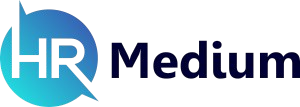Remote work schedules are slowly becoming the norm. Many companies are turning to remote monitoring tools to keep tabs on their employee’s productivity. But is this the only—and best—way to manage WFH teams? Not necessarily.
So, what can HR teams do to monitor better in the modern work landscape?
Also Read: 5 Self-Reliance Strategies That Will Keep Payroll Services Away
Discover why over-reliance on remote monitoring tools may backfire and some alternative strategies to improve surveillance.
I believe that while remote monitoring can provide visibility, it’s not a one-size-fits-all solution. Let’s dig a little deeper into some better approaches.
The Limits of Remote Monitoring
At its core, remote monitoring involves tracking employee activity—such as screen time, mouse movements, and keystrokes—to assess productivity. While these tools offer data, they don’t always provide context.
An employee researching, brainstorming, or collaborating asynchronously may appear “inactive” by monitoring standards.
Additionally, excessive monitoring can damage trust, increase stress, and make employees feel micromanaged, especially when implemented without transparency.
Trust and Autonomy Drive Long-Term Success
Instead of focusing solely on remote monitoring, organizations should emphasize trust and accountability. High-performing remote teams often thrive when employees are given autonomy and clear expectations.
Set outcomes, not activity, as the key measure of success. When employees know they’re judged by results, not by idle time, it encourages ownership and boosts morale.
Asynchronous Communication and Clear Goals Matter More
Another effective alternative to remote monitoring is strengthening asynchronous communication. Use project management platforms like Asana to assign tasks, set deadlines, and track progress transparently—without hovering like a helicopter.
Clear goals and structured workflows often render constant monitoring unnecessary. Employees know what’s expected and how success is measured, reducing ambiguity and boosting productivity.
Use Remote Monitoring Strategically—Not Excessively
That said, remote monitoring does have its place. It can help identify bottlenecks, track billable hours, or support compliance in regulated industries. But the key is using it transparently and sparingly.
Rather than full-time surveillance, use remote monitoring as one of several tools in a broader people-management strategy—one that includes feedback loops, regular check-ins, and performance reviews.
Conclusion: Build a Culture of Productivity, Not Control
WFH success doesn’t come from watching employees work—it comes from enabling them to do their best work. Remote monitoring can be part of your strategy, but it shouldn’t be the whole strategy.

